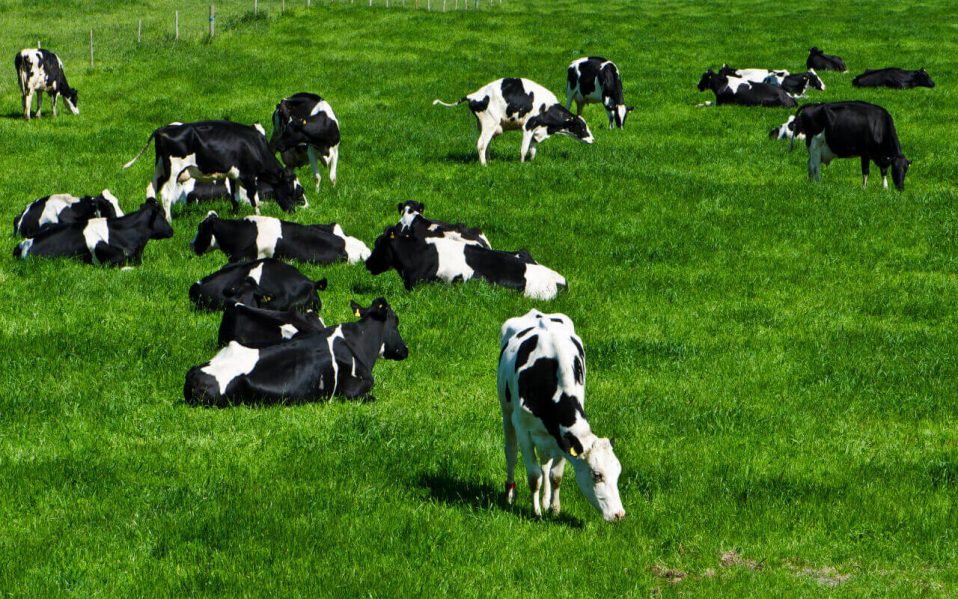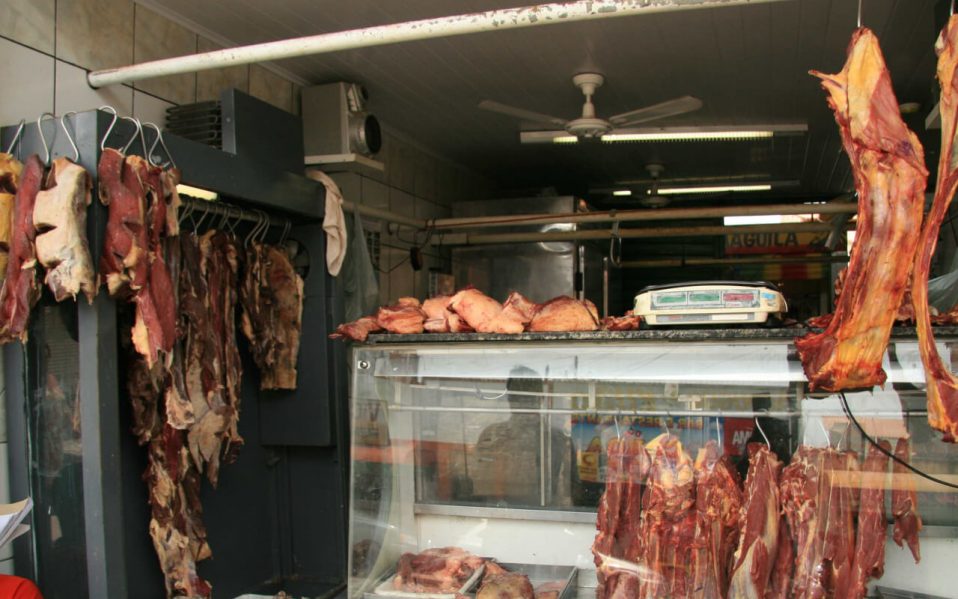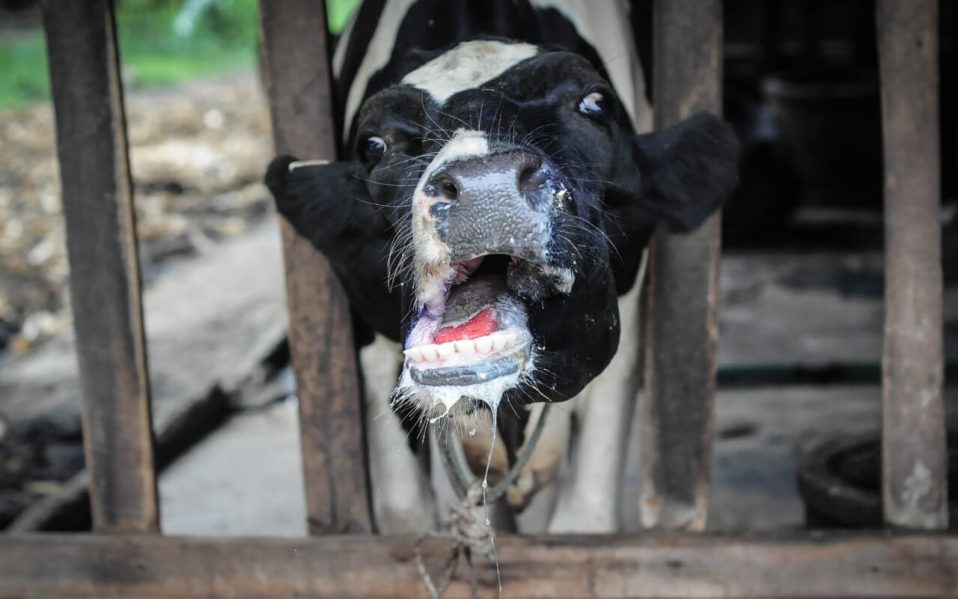I’m planning on starting grape farming in Mbooni hills, Makueni. The place is mostly cold, average rainfall, with dry spells twice a year. Kindly, advice on its production.
Charles Ndeti Kiilu.
Dear Charles, thanks for reaching out to us. I will try address your concern by taking a broad approach to the issue.
By 2016, the global consumption of fresh table grapes was estimated at 20.9 million tonnes, up from about 15.6 tonnes in 2009/2010. A similar trend is also shaping up in Kenya, although the greatest demand was registered in China, India and the European Union.
It is the wine and juice processing varieties however, that seem to have a higher demand in Kenya; where up to 90 per cent of the supply is imported; despite the country having some of the best conditions for its growth.
This trend is however set to change as more farmers venture into the lucrative business. Most grapes in Kenya are produced in Meru.
Naivasha, Mandera, Kibwezi and Mombasa are also cited as best regions to grow grapes.
Kenya is considered one of the best places in the globe to grow grapes because of the cool climates. The warm days, cool nights, volcanic soils as well as moderate rainfall in most parts of the country provide the optimum conditions to grow quality grapes.
SOIL TYPE
The woody vines are also easy to establish with most varieties maturing within three years after establishment.
Although it is true that grape vines are not plagued by as many diseases as common crops, the truth only extends to the type and quality of the planting materials that one uses. Some farmers in Kenya prefer to propagate their own planting material, while others purchase them from our research institutions like KARLO Thika.
Most established growers however prefer to import their propagation materials either from South Africa or Israel, which have well developed technologies in bulk production.
Keep in mind that grapes farming is a long-term project; whose output remains optimum for about 30 years. The type and quality of the planting material is the core consideration in grapes farming.
While on the quality of planting material, it is also important to mention that the market prices and demand is also highly tied to the cultivar of grape vines. The table grapes; for instance are known to fetch the highest price as they are marketed to the high-end market segments mostly through supermarkets; hotels and fresh product markets.
The wine processing varieties on the other hand, may only fetch between Sh80 and Sh150 per kg, but are much easier to market as their demand, mostly through the wine processors is higher.
Other consideration that one needs to make is the drought and disease resistance; more so the root rots and pests such as the microscopic grape louse.
It is also important to consider varieties that have resistance to nematodes as well as ability to adapt well to varying soil depth and texture
LAND PREPARATION
Land planning is also critical. Since the woody vines are climbers; they need adequate space to grow. They are therefore given an extravagant spacing of at least 1.5 meters between the vines and 2.7 meters between the rows.
But for varieties whose growth is more vigorous; a spacing of 6meters by 3 meters is recommended. A reasonable size of land is therefore a critical factor. A hectare of a well-spaced population should carry between 2000 and 3000 vines, estimated to yield about 13 tonne per harvest under good management.
This article was first published in the ‘Smart Harvest’ feature of the Standard on Saturday edition of 26th May 2018.




